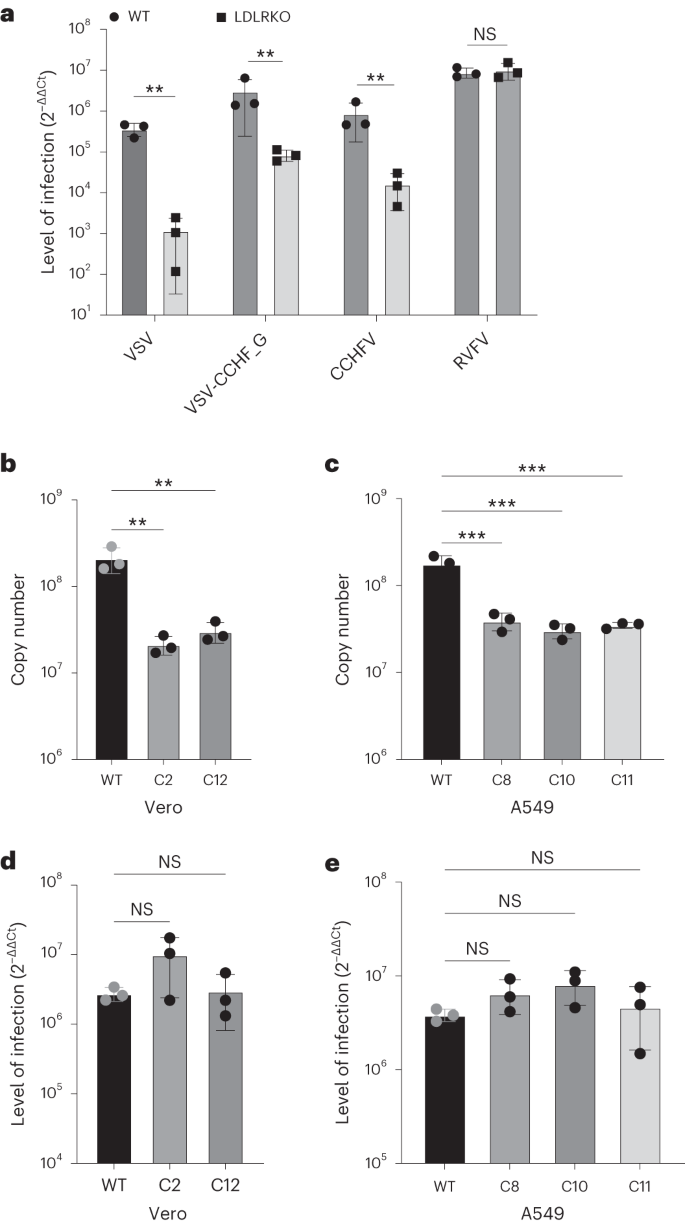2024-03-28 カロリンスカ研究所(KI)
<関連情報>
- https://news.ki.se/new-study-shows-how-the-crimean-congo-haemorrhagic-fever-virus-enters-our-cells
- https://www.nature.com/articles/s41564-024-01672-3
クリミア・コンゴ出血熱ウイルスはLDLRを使って宿主細胞に結合し侵入する Crimean–Congo haemorrhagic fever virus uses LDLR to bind and enter host cells
Vanessa M. Monteil,Shane C. Wright,Matheus Dyczynski,Max J. Kellner,Sofia Appelberg,Sebastian W. Platzer,Ahmed Ibrahim,Hyesoo Kwon,Ioannis Pittarokoilis,Mattia Mirandola,Georg Michlits,Stephanie Devignot,Elizabeth Elder,Samir Abdurahman,Sándor Bereczky,Binnur Bagci,Sonia Youhanna,Teodor Aastrup,Volker M. Lauschke,Cristiano Salata,Nazif Elaldi,Friedemann Weber,Nuria Monserrat,David W. Hawman,… Ali Mirazimi
Nature Microbiology Published:28 March 2024
DOI:https://doi.org/10.1038/s41564-024-01672-3

Abstract
Climate change and population densities accelerated transmission of highly pathogenic viruses to humans, including the Crimean–Congo haemorrhagic fever virus (CCHFV). Here we report that the Low Density Lipoprotein Receptor (LDLR) is a critical receptor for CCHFV cell entry, playing a vital role in CCHFV infection in cell culture and blood vessel organoids. The interaction between CCHFV and LDLR is highly specific, with other members of the LDLR protein family failing to bind to or neutralize the virus. Biosensor experiments demonstrate that LDLR specifically binds the surface glycoproteins of CCHFV. Importantly, mice lacking LDLR exhibit a delay in CCHFV-induced disease. Furthermore, we identified the presence of Apolipoprotein E (ApoE) on CCHFV particles. Our findings highlight the essential role of LDLR in CCHFV infection, irrespective of ApoE presence, when the virus is produced in tick cells. This discovery holds profound implications for the development of future therapies against CCHFV.

